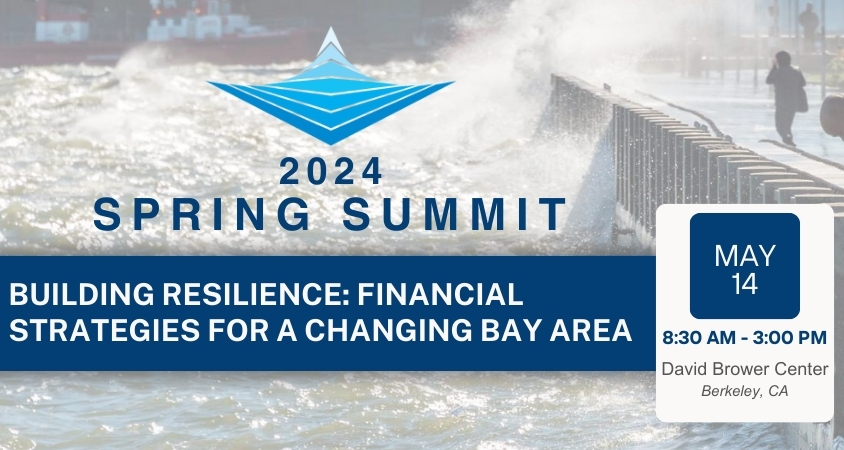One has had to be patient in this economic expansion. Except for stock prices, which have been on a screaming one way ticket to the top since March 2009: The S&P 500 is up a stunning 222% from its recession low.
The rest of the economy has taken quite a bit longer than it ever has in the past to get back up to speed. Indeed, based on many metrics the U.S. economy and this economic expansion isn’t what it once was.
We are living in a world of scaled-back economic and financial expectations. Many commentators have grown frustrated with the Fed’s glacial pace of interest rate hikes. But as Janet Yellen in her press conference on Wednesday shared, the Fed itself is getting frustrated by the economy’s anemic performance.
Yellen said, “We’re struggling with a difficult set of issues about what is the new normal in this economy and in the global economy, more generally, which explains why we keep revising down the rate path.”
Let’s peel back the veil a bit and review a little about what she might be talking about here. Granted, there is much to cheer about, the U.S. economy has been expanding now for more than seven consecutive years, nearly 15.0 million net new jobs created and an unemployment rate that has gone from 10.1% at its peak to just 4.9% today, but there is much that still leaves a bitter taste in the mouth.
Over these last seven years annual real GDP growth has averaged just 1.8% per year. In the early 2000’s expansion, the U.S. GDP growth rate averaged 2.7%. At the time it was called the jobless recovery. In the 1990’s the average annual GDP growth rate was nearly double the current average annual pace – a vibrant 3.5% (Three times the growth rate the U.S. economy achieved over the past 12 months).
Slowing U.S. population growth and an aging population along with downright depressing productivity gains are behind much of the lackluster performance. But you can add political paralysis in Washington D.C., deteriorating infrastructure, and austerity measures in Europe to the mix as well. Now financial and political uncertainty from the Brexit vote, China credit bubbles and property bubbles, and populist political candidates that tout anti-trade and anti-immigrant policies are moving to the fore.
The Federal Reserve, counseling patience, held its fire on an interest rate hike this month as we expected, but put the market on notice that one rate hike was likely before the end of the year. We are circling the December FOMC meeting on our calendars as the most likely date for the next dose of glacial interest rate normalization.
The September FOMC meeting turned out to be more dovish than the market anticipated despite the December rate hike hint as the Fed funds rate outlook (dot-plot) showed strong migration of FOMC participants toward a slower climb in short-term rates over the next few years and more participants saw the long-run Fed funds rate below 3.0%. This is a very patient FOMC whose interest rate views are now in-line with our current outlook for the Fed funds target rate over the coming two years.
Finally, there’s even more need for patience, with additional confirmation of slowing economic growth in August. This week it was the Conference Board’s leading economic indicators, the Chicago Fed National Activity index, housing starts and existing home sales for August that disappointed. It appears we and the Fed will need the patience of a saint in this new normal of an economy.
Tags: economy, US outlook

